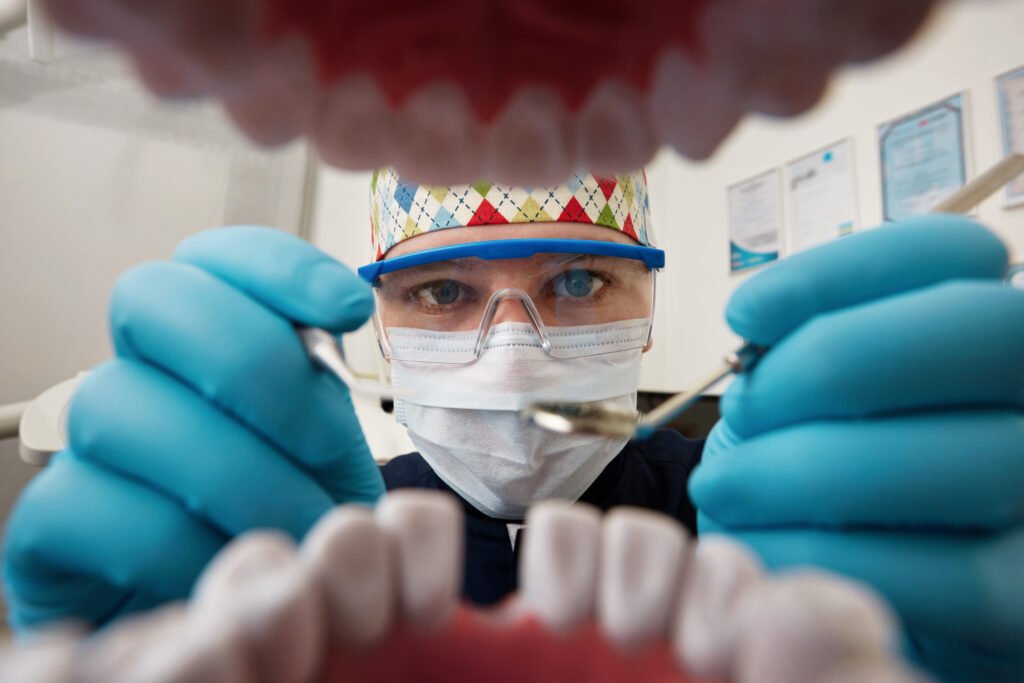Safeguarding your smile from gum disease.
Safeguarding your smile from gum disease.
7 Day
1 Hour
7 Day
7 Day
An expert team of doctors and medical consultants of Vaenos Health are ready to evaluate your case in accordance with your medical background and expectations ASAP.
Have you ever noticed your gums bleeding when you brush your teeth, or experienced persistent bad breath? These could be early signs of gum disease, a common but serious dental condition that, if left untreated, can lead to tooth loss and even affect your overall health. The good news? With proper care and treatment, gum disease can be managed and even reversed in its early stages.
Gum disease occurs in two main stages: gingivitis and periodontitis. Let’s break down what these terms mean and how they’re treated:
Gingivitis is the initial stage of gum disease. It’s characterized by inflammation of the gums, often caused by the buildup of plaque – a sticky film of bacteria that forms on teeth. Symptoms of gingivitis include:
The good news about gingivitis is that it’s reversible with proper care. Treatment typically involves:
If gingivitis is left untreated, it can progress to periodontitis. This more serious stage of gum disease involves the destruction of the bone and tissues that support your teeth. Symptoms include:
Treatment for periodontitis is more involved and may include:
While treatment options are available, prevention remains the best approach to gum disease. Here are some key preventive measures:
It’s important to note that gum disease doesn’t just affect your mouth. Research has linked periodontitis to several systemic health issues, including heart disease, diabetes, and respiratory problems. This underscores the importance of maintaining good oral health as part of your overall wellness strategy.
For those with existing health conditions, especially diabetes, it’s crucial to manage these conditions well, as they can increase your risk of developing gum disease. Always inform your dentist about any health issues or medications you’re taking.
Modern dentistry offers several advanced treatments for gum disease. Laser therapy, for instance, can be used in some cases to remove inflamed gum tissue and reduce bacteria with less discomfort and faster healing than traditional surgery.
Remember, gum disease is largely preventable and treatable, especially when caught early. If you notice any signs of gum disease – even if it’s just occasional bleeding when you brush – don’t hesitate to consult your dentist. Early intervention can save you from more extensive and expensive treatments down the line.
Your smile is too valuable to risk losing to gum disease. With proper care, regular dental visits, and prompt treatment when needed, you can maintain healthy gums and keep your natural teeth for a lifetime. Don’t let gum disease dim your smile or compromise your health. Take action today to ensure your gums stay pink, firm, and healthy for years to come!

An expert team of doctors and medical consultants of Vaenos Health are ready to evaluate your case in accordance with your medical background and expectations ASAP.
© Vaenos Health 2025